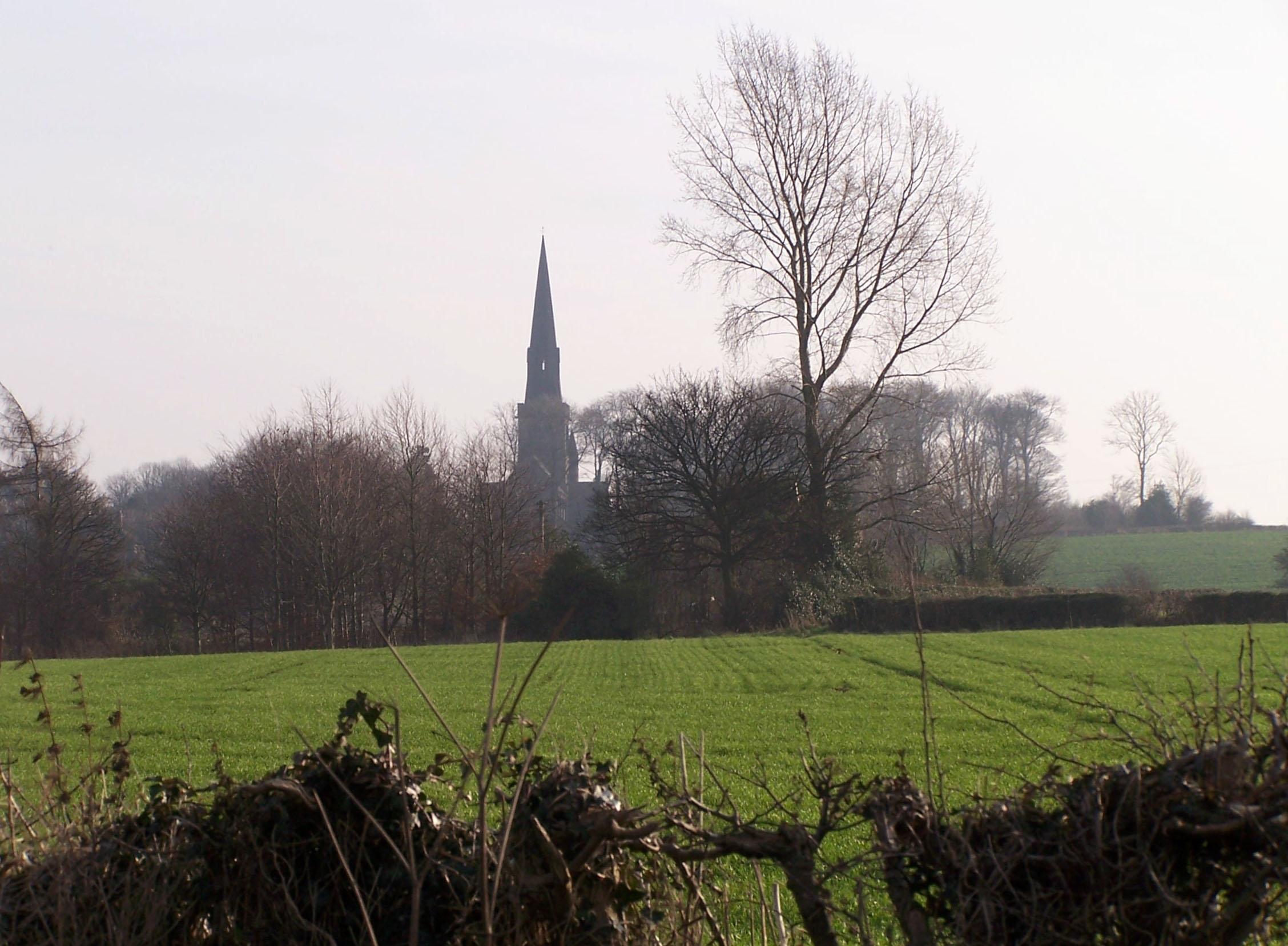Holy Trinity
Elsecar, Yorkshire
The name Elsecar is thought to mean ‘Elsi’s marsh’. Elsi was a Saxon lord who owned land here and ‘car’ is an old word for low, swampy ground.

The Victorian Holy Trinity is known as the ‘new church’ to distinguish it from the partially ruined old church.
Wentworth, Yorkshire
The church opened in 1877 to replace the old church. The old church dates from the 12th and 13th centuries and is worth visiting in its own right; please see the separate entry. The new church was built by the then Earl Fitzwilliam in memory of his parents. Because it was partly erected to reflect the status of this family it is far larger than the village itself merits. Family members were buried in a separate plot to the rear of the church
The magnificent building with its tall spire was designed by the distinguished Victorian church architect, JL Pearson. The interior is particularly fine. The east and west windows are good examples of 19th century stained glass (by Kempe) and there is a nice series of 20th century windows down the north aisle, all connected with land agents to the estate.
Family memorials are in the south transept. The stone reredos behind the altar depicts the Last Supper. The church is often used for art exhibitions and concerts. Its excellent acoustics have also made it a popular venue for classical music recording sessions.
Elsecar, Yorkshire
The name Elsecar is thought to mean ‘Elsi’s marsh’. Elsi was a Saxon lord who owned land here and ‘car’ is an old word for low, swampy ground.
Thorpe Hesley, Yorkshire
This church was built between 1837 and 1839, on land given by Earl Fitzwilliam of Wentworth Woodhouse.
Tankersley, Yorkshire
St Peter’s once was one of the richest livings in the country, thanks to Tithe income, endowments and mineral royalty payments.